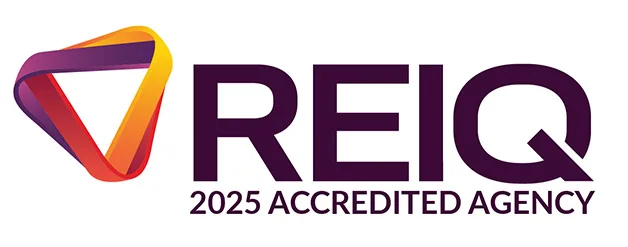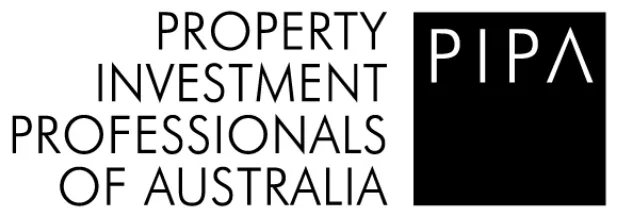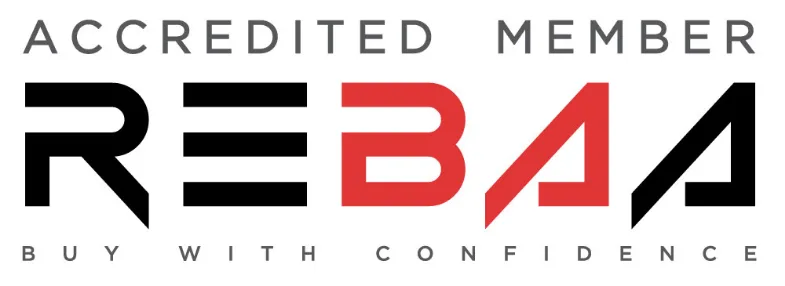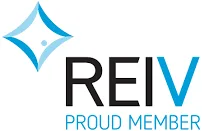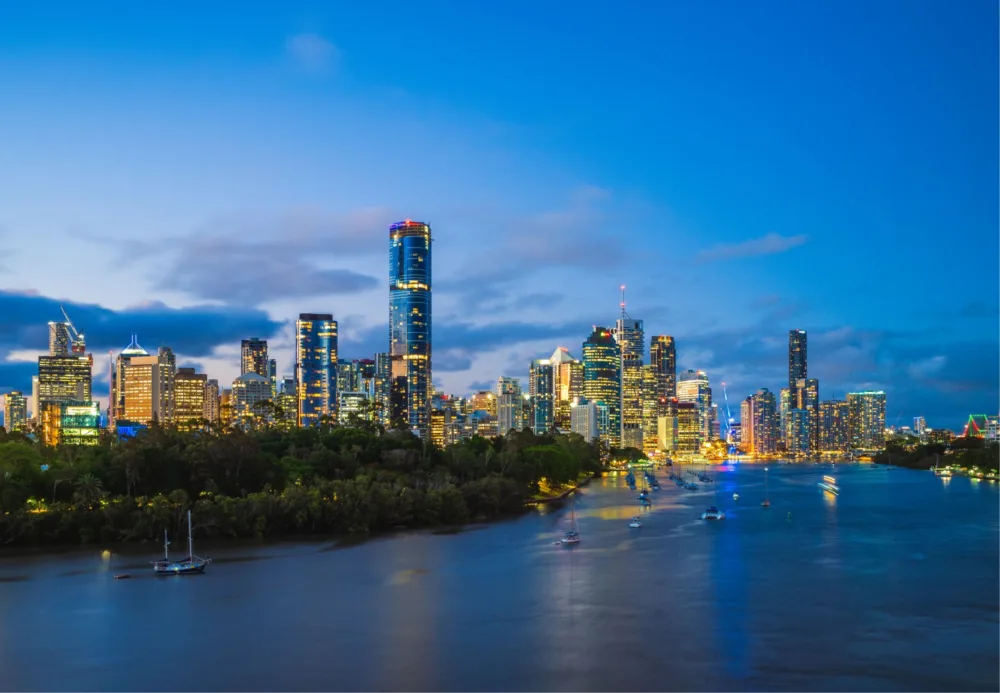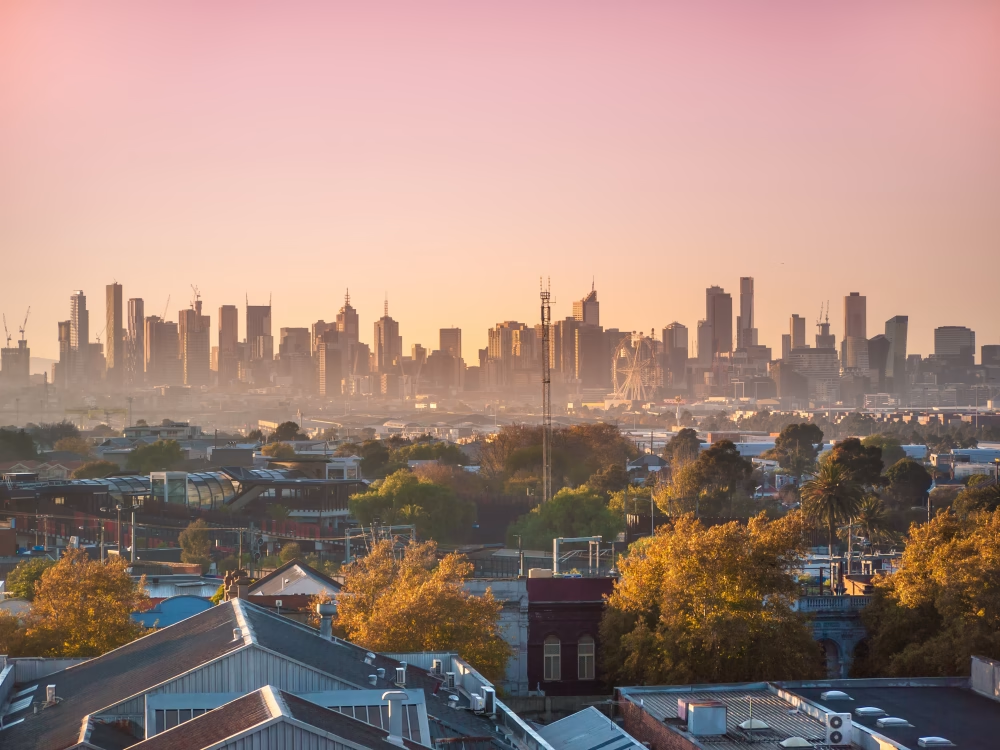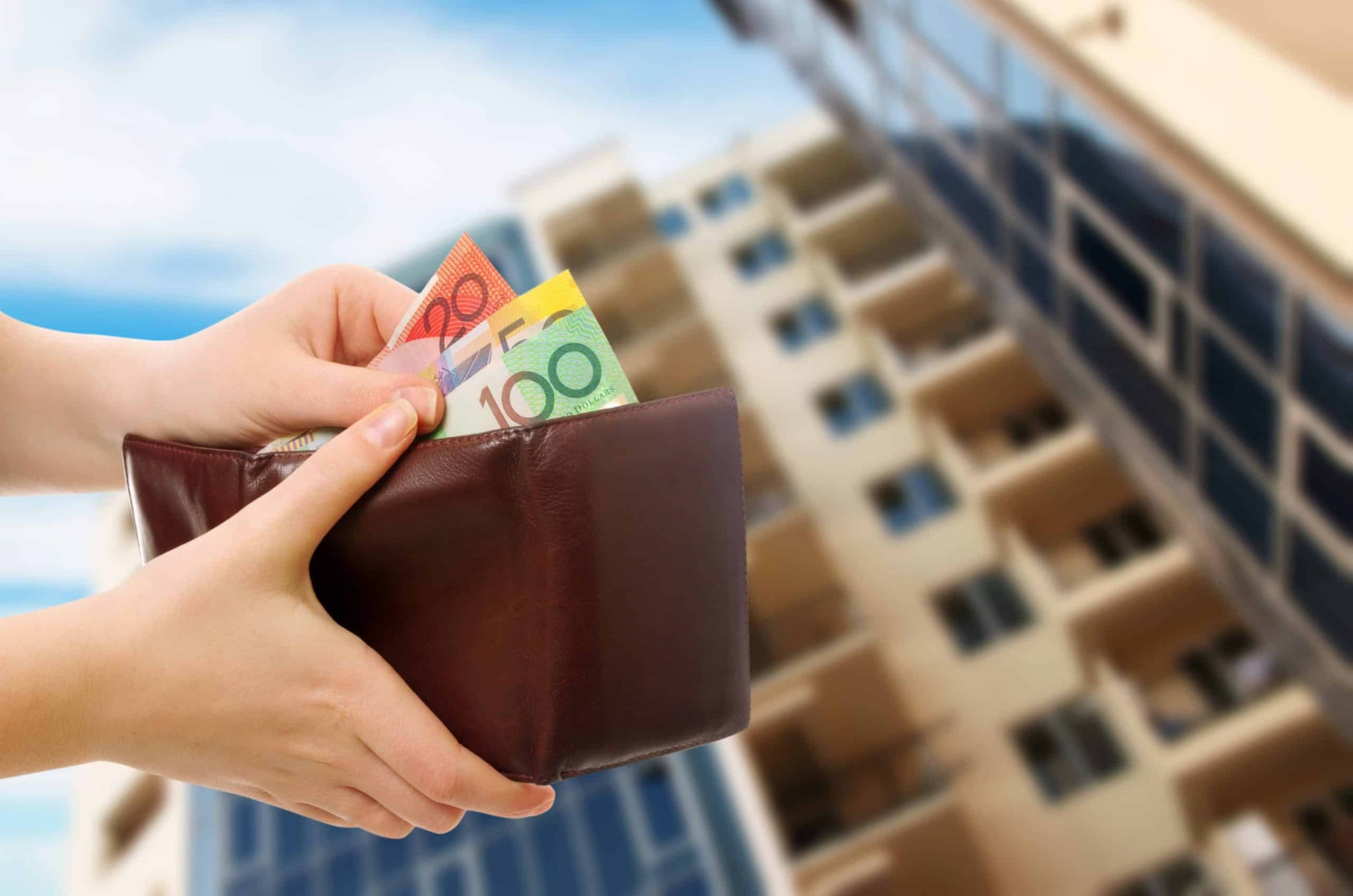
It’s often said that property is a long-term investment. But do you know why?
It’s mostly to do with the costs involved in buying and selling. It can costs tens of thousands on both ends of the transaction, so you need to hold the property long enough to not only recoup those costs but make the investment worth it by seeing significant growth beyond these and the ongoing costs.
Property markets generally move in cycles, predictably and repetitively running through a boom, slowdown, slump and recovery.
It can take many years for the cycle to complete, hence the importance of buying at the right time and holding the property for the long-term, to ensure you capitalise on the full growth cycle, and perhaps even see it through multiple cycles and hence, very significant growth.
It’s often said that property doubles in value every 7 to 10 years and while this is not necessarily the case all the time, for those that buy right, the growth will certainly be very strong indeed, far outweighing the costs of not only buying and selling but holding.
Ongoing costs include mortgage repayments, insurances (landlord, building and contents), council rates, strata fees, utility costs and maintenance, but let’s take a look at what the big transactional costs are.
Buying costs
Obviously, the biggest purchase cost is the cost of the property itself, but there is a whole range of other costs when purchasing:
Stamp Duty – this is the biggest cost by far, and it’s mandatory. It’s charged by state and territory governments, so the rates vary depending on where the property is, as well as being determined by the purchase price (as it’s a percentage of this). You’ll pay more the more expensive the home is, and it can be tens of thousands of dollars, although there are some concessions or exemptions for first home buyers. You can estimate your stamp duty obligations with this Calculator.
Insurance – Home and Contents insurance covers you for damage to the structure as well as fixtures, fittings and personal items. The cost generally varies between $1,000-$2,000 depending on the on the size, quality and complexity to rebuild the house. In strata buildings, your levies cover the building/structure portion of the insurance so you only need to obtain contents insurance which will reduce the cost of the policy. Landlords insurance covers you for tenant damage and loss of rent and costs approximately $300
Property Inspections – Diligent buyers will organise for a professional building and pest inspection to be conducted on the property they are looking to purchase, to ensure it’s structurally sound and pest-free. If you are purchasing an apartment or townhouse it’s also important to have a Strata Search Report conducted on the building to review the Body Corporate records and see if there are problems with the building or its finances. While these are technically optional costs it’s essential for smart investors, who will always get it done to avoid any costly surprises down the track. Building and Pest inspections usually cost around $500 to $600 and a Strata search will generally be $200 to $300.
Tax Depreciation Reports are another report exclusively for property investors where you can claim wear and tear on the building as it is income producing and can save you many thousands of dollars in the long run. Costs vary between $300-$700 depending on property type and location.
Legal Fees – It’s best to hire a professional solicitor or conveyancer to act on your behalf and oversee the legal aspects of buying a property. They’ll prepare the paperwork, conduct searches, guide the process and provide advice. Legal fees and searches are usually around $1,000 to $2,000.
Borrowing Costs – You have to pay for setting up the loan through a mortgage establishment or application fee. It’s usually under $1,000 and will depend on the bank and product type, and sometimes it’s waived. You could possibly also have to pay for a valuation as well.
Mortgage Registration and Transfer Fees – You have to pay to have your mortgage formally registered with the relevant state government authority, as well as for transferring the property into your name. These are usually a few hundred dollars.
Lenders Mortgage Insurance (LMI) – If your deposit is less than 20% of the purchase price, you’ll need to pay LMI, an insurance that covers the bank in the event that you default on your loan. It will cost thousands, however, the higher the deposit the lower it will be. You can estimate your LMI via this Calculator
Buyers Agent – If you choose to engage a Buyers Agent to help you purchase your home or investment property, then they will generally charge an engagement fee of 10%-50% of their total fee and the balance payable on exchange of contracts or settlement. How fees are charged varies from agency to agency. Some charge a percentage of the purchase price while others a fixed fee based on a price range. As a guide, the fees start at around $10k and rise based on the purchase price, property type and location.
Selling Costs
When it comes time to divest the property, there will be the additional costs as detailed below, although they don’t apply to every transaction:
Real Estate Agent’s Commission – This can either be a flat fee or be charged on a percentage (usually 2% to 3%) of the sale price. It’s the biggest selling cost and could run into the tens of thousands of dollars.
Marketing Fees – This covers the cost of advertising your property. It’s generally paid by the vendor (VPA), although some costs may be covered by the agent. VPA can range from a few hundred dollars to thousands, depending on the property value, type and location.
Auctioneer – If you sell by auction, you’ll likely need to foot the bill for the auctioneer, which should be under $1,000.
Capital Gains Tax – This only applies if it’s an investment property. As the name suggests, you pay tax on the capital gains or the difference between the purchase price and sale price. It relates to your taxable income though so the cost can vary significantly depending on your income and the entity the property is purchased in. Individual purchasers are currently entitled to a 50% discount if they hold the investment property for more than 12 months. Other ownership entities are treated differently so it’s important to get independent advice prior to purchase.
Lending Costs – There may be charges associated with leaving even a variable loan and there may be settlement fees, usually adding up to a few hundred dollars.
Mortgage Break Costs – If you decide before the expiry of your fixed interest rate term, the lender will require you to pay a break fee. It’s important to take this into account and speak to your bank or broker before you decide to sell as if interest rates have risen a lot higher than your agreed fixed interest rate then the lender’s break fee can end up being many thousands of dollars and make it cost prohibitive to sell at the time.
Legal Fees – Just like when you’re buying, you need a legal representative to transfer the property from you to the buyer when you sell. This will be around another $1000.
Preparing Your Property for Sale – Repairs or renovations might be necessary, or property styling to present your property to buyers in the best light. This can run into the thousands of dollars depending on the property, location and state of the market.TIP: It costs nothing to declutter the property, and this will make it look larger and more appealing.
Craig Hogg is Managing Director of The Edge Property Buyers, Buyers Agents specialising in helping property investors build wealth safely and securely over the long term. If you want help with finding the right investment property in the right location, contact The Edge Property Buyers for an obligation-free 30-minute strategy session. For more guidance on where to start when it comes to property investing, subscribe to our six-part ‘Ready to Buy Checklist’.

